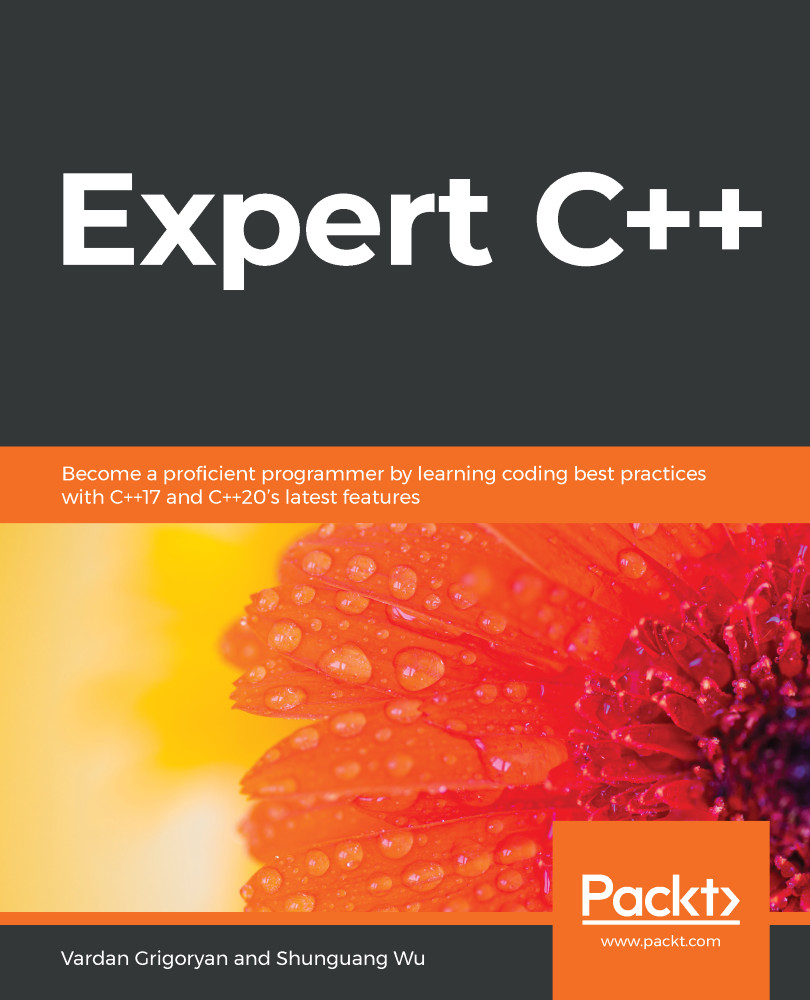When the C++ program starts, that is, the main() function starts its execution, you can create and launch new threads that will run concurrently to the main thread. To start a thread in C++, you should declare a thread object and pass it the function that you want to run concurrently to the main thread. The following code demonstrates the declaration and starting of a thread using std::thread defined in <thread>:
#include <thread>
#include <iostream>
void foo() { std::cout << "Testing a thread in C++" << std::endl; }
int main()
{
std::thread test_thread{foo};
}
That's it. We can create a better example to show how two threads work concurrently. Let's say we print numbers in a loop concurrently to see which thread prints what:
#include <thread>
#include <iostream>
void print_numbers_in_background()
{
...


